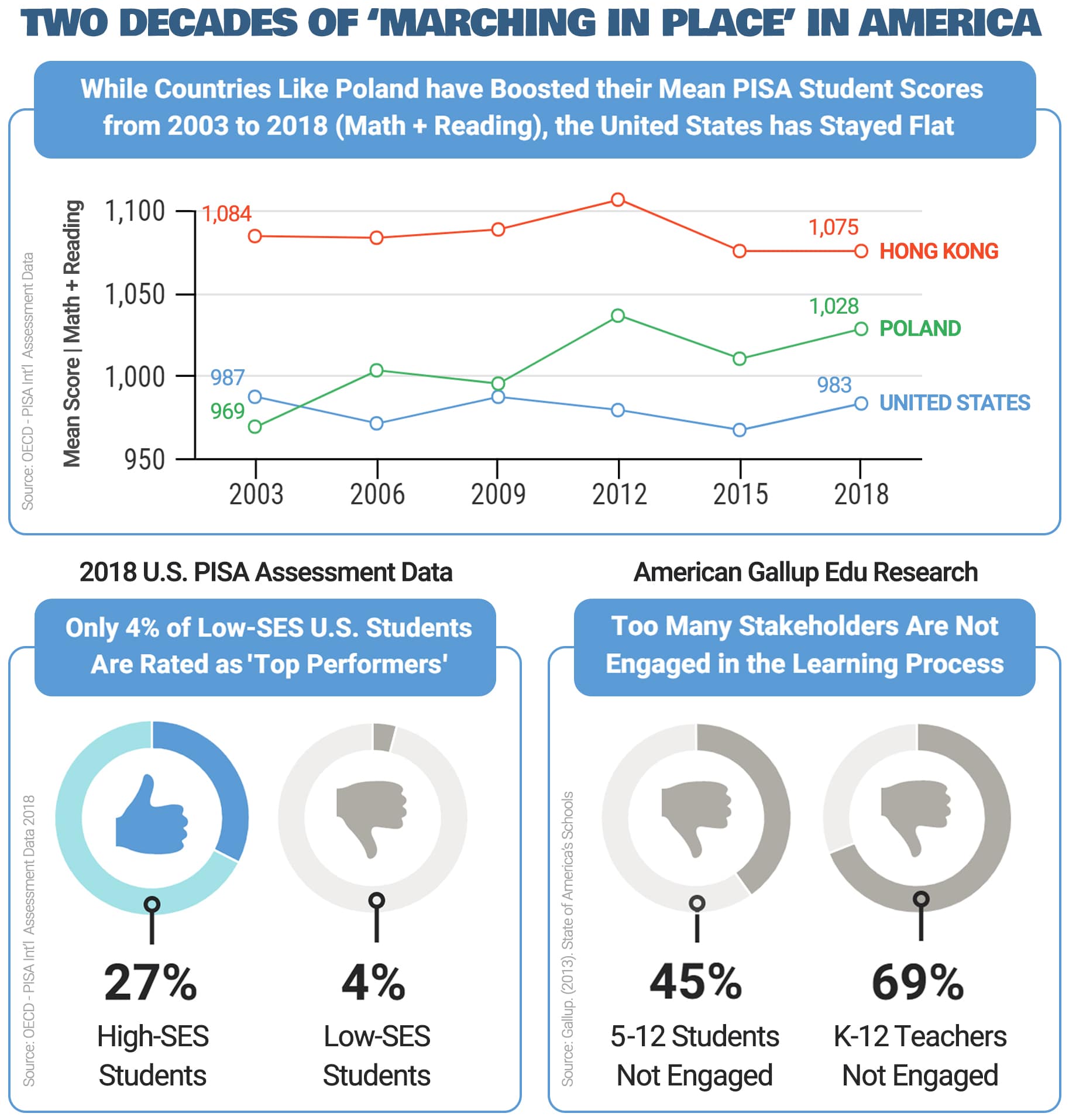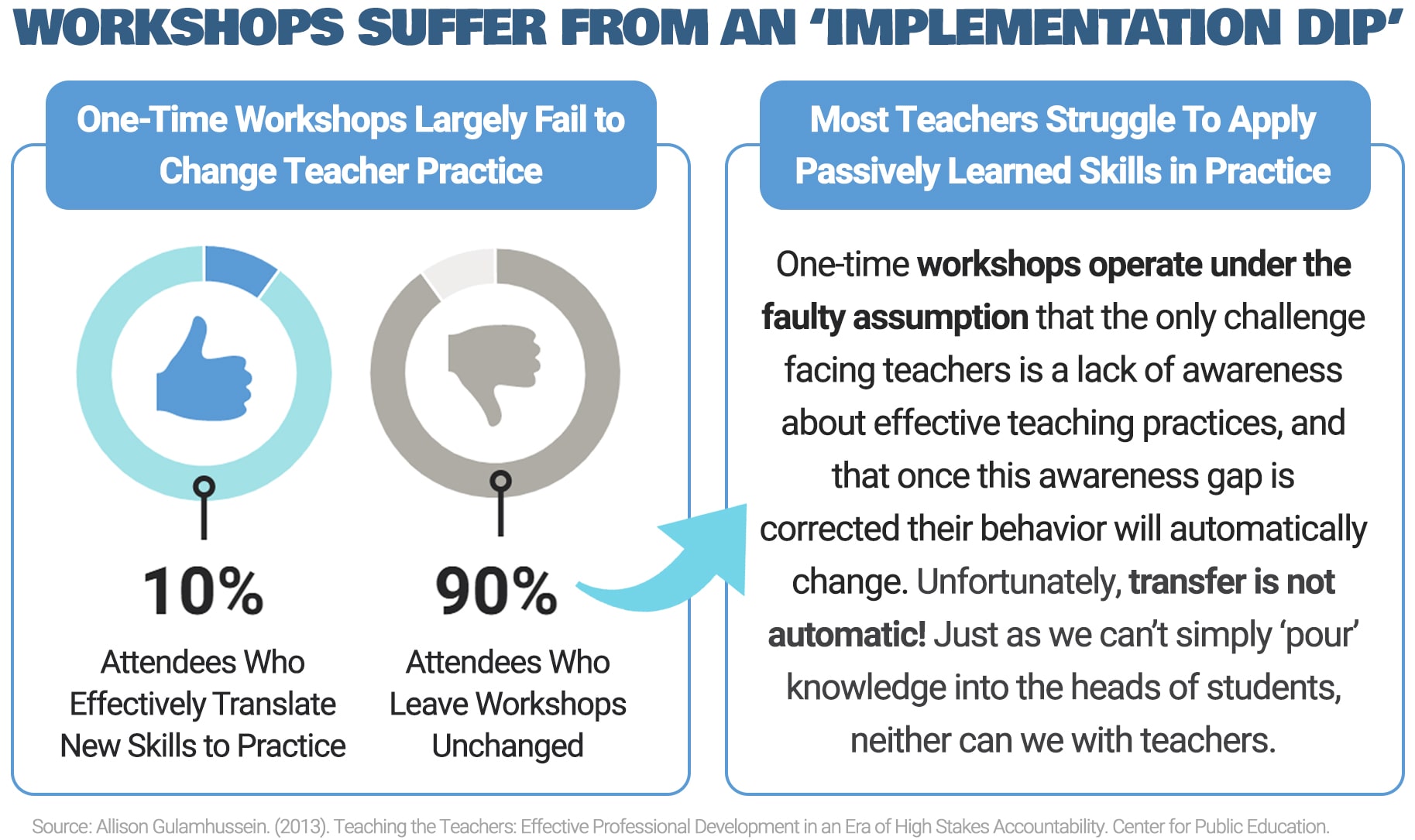
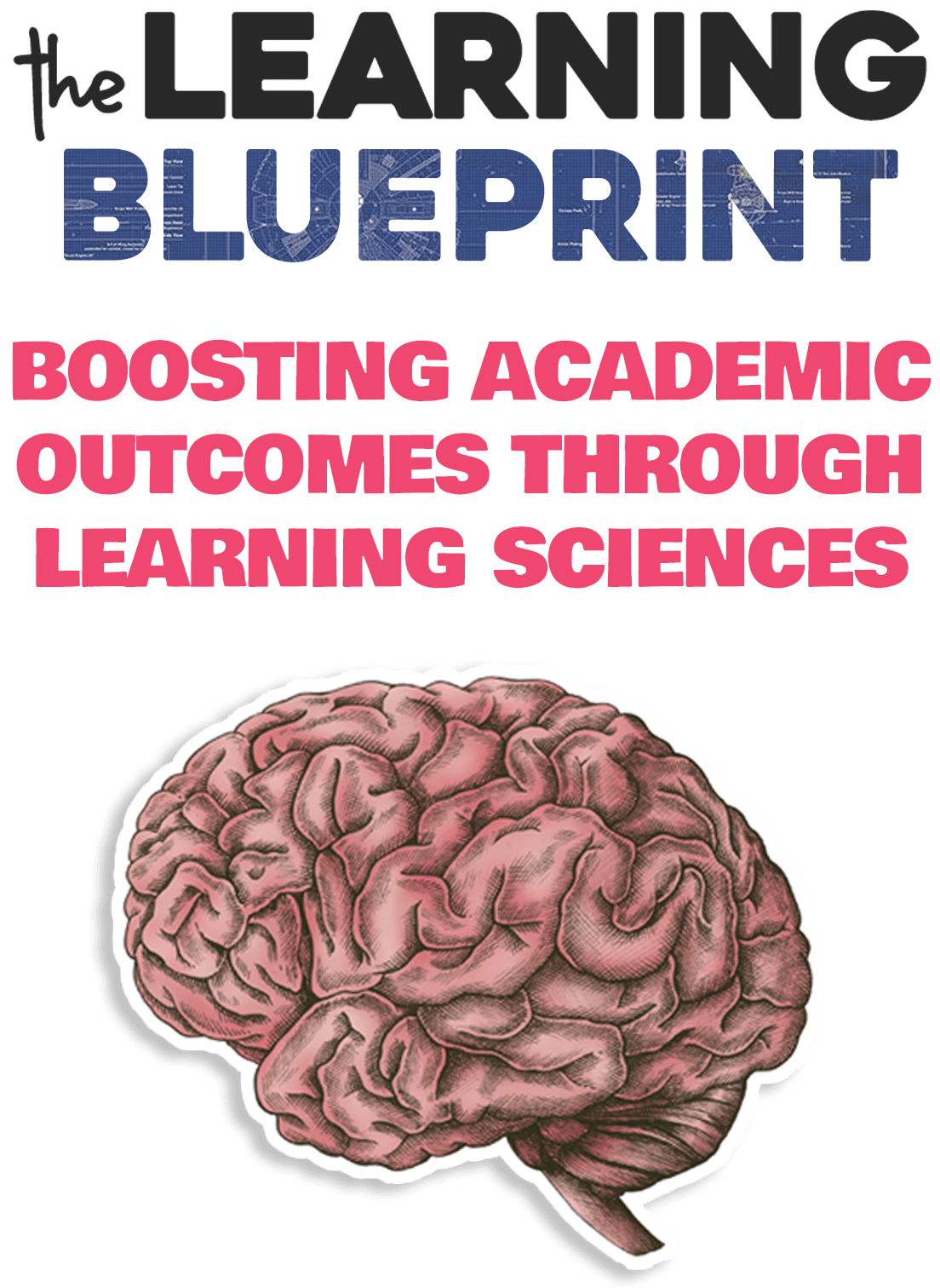

The Learning Blueprint is an award-winning professional development program designed to bring key Science of Learning applications to colleges and universities. Developed by leading cognitive neuroscientist Dr. Jared Cooney Horvath, it has a proven track record of changing faculty practice and boosting student outcomes by leveraging what works in PD.
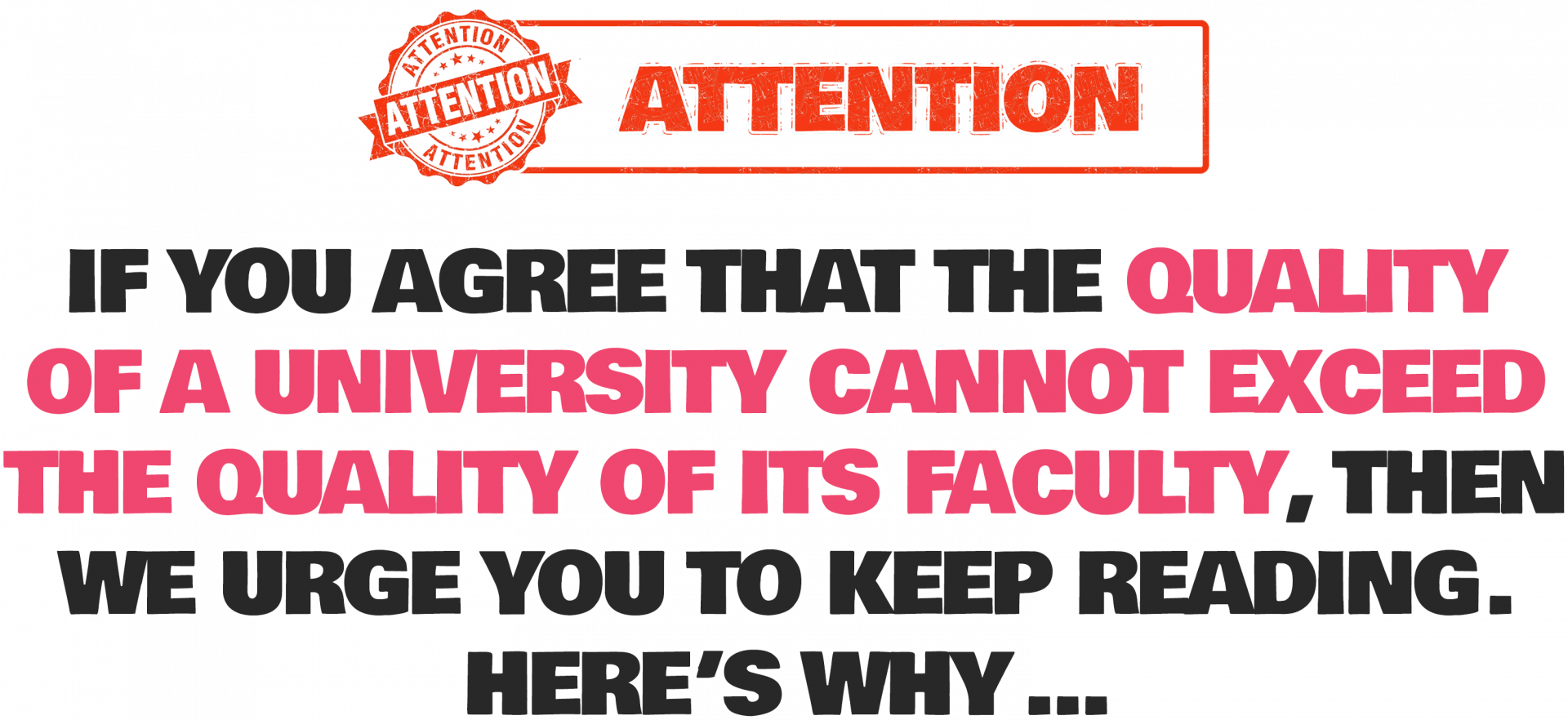

6619 North Scottsdale Road, Scottsdale, AZ 85250
p. 702-970-6557 | e. info@lmeglobal.net
From:
The desk of Jared Cooney Horvath | PhD, MEd
East of Lake Arrowhead
Thursday, 8:27 am
Why the Science of Learning Is Too Often Ignored
There’s a vast body of research describing what works (and does not work) in learning - but it’s often not making its way into colleges and universities.
In 2019, five faculty members at Harvard University published an intriguing study. They ran an experiment in an introductory undergraduate physics course to figure out why active learning – a form of teaching that’s scientifically proven to be effective – often dies a slow death in the classroom.
The researchers compared the effects of a traditional lecture with the effects of active learning, in which students solved problems in small groups. Predictably, they found that when students were taught via active methods, they performed better on tests.
However, they also found something much more noteworthy: despite performing better through active learning methods, students believed they had actually learned more when they sat through a lecture.
And herein lies a central paradox in higher education …
Scholarship on teaching and learning has grown exponentially over the past four decades, encompassing thousands of experiments, stacks of books and journal articles, and major initiatives to bring the science of learning into the classroom.
Nevertheless, many faculty members remain untouched by this work, either because they are skeptical of its value (i.e. it doesn’t feel right to them), they are unsure of how to apply it to their work, or they are simply unaware of it altogether.
To be sure, many instructors have participated in workshops run by their campus teaching centers. And the use of some evidence-based teaching practices – such as peer learning or the use of clickers to keep students engaged in the classroom – are far more prevalent today than they were a generation ago.
But faculty developers, education researchers, and learning scientists still say they feel like the majority of their work is simply not making it through to teachers and students …
And what does get through is often garbled, or
just one small piece of a larger puzzle.
Case in point: A recent review of teacher training textbooks found that not only did they contain little-to-no discussion of the large body of learning research, but they frequently passed off ideas with limited research support as hard science.
Moreover, many prominent ‘learning myths’ still persist across all levels of education – despite the best efforts of experts to highlight the lack of support for such ideas in the literature. For instance, in a large 2019 survey of secondary and tertiary teachers:
- 77% of respondents endorsed the unfounded idea that people are either right-brained or left-brained, and that this difference impacts how people learn.
- 97% of respondents endorsed the myth of innate ‘learning styles’ – the idea that people can be categorized into one of several discrete learning styles such as auditory, visual, or kinesthetic.
- 69% of respondents incorrectly selected re-reading over retrieval (i.e. active recall) when asked directly about which would be more effective for learning.
It’s evident that the expanding body of knowledge about teaching and learning continues to be largely ignored, even while the dangers of doing so become ever more apparent.
Traditional teaching may have sufficed when college campuses were more ivory tower than lifeboat – educating future generations of scholars and other elites rather than trying to lift up a diverse group of students and prepare them for an increasingly complex world.
However, as universities enroll students from a wider range of backgrounds, many are witnessing firsthand the unintended consequences of outmoded practices such as high-stakes testing, rigid course structures, and lecture-based classes.
Such traditional approaches disproportionately set up students
from disadvantaged backgrounds to flounder or fail.
On the other hand, active learning and other evidence-based practices – such as building more small assignments (i.e. scaffolding) into the syllabus – have been shown to close performance gaps and help all students succeed.
Beyond questions of equity, however, exist those of basic efficacy …
For instance, research has shown that in fields like STEM, traditional teaching can be ineffective at helping people understand complex concepts and develop problem-solving skills. As a result, struggling students often decide early on that science and engineering are not for them.
But while these findings are disconcerting, professors and
faculty members themselves are not to blame …
Most work hard every day, often in complex and difficult situations, with a genuine desire to drive better student outcomes.
As such, it’s not a stretch to assume that your average professor likely feels intrigued – but overwhelmed – at the thought of testing new ideas or strategies in the classroom.
Clearly, our support systems for university personnel must change to provide them with more opportunity for teaching and learning growth, while also accounting for their demanding agendas.
In some ways, this is an incentive problem. Tenure and promotion policies rarely reward – or even recognize – the hidden work it takes to improve one’s teaching. Not to mention that, in academic culture, a stellar record of research is often held in higher regard than a reputation for excellent teaching.
But more practically speaking, this is a delivery problem. Despite a growing interest in teaching and learning research across all departments …
The ability for university personnel to access this research
in a practical and efficient manner remains elusive.
Enter The Learning Blueprint …
Combining 40+ years of established learning research with 10+ years of classroom implementation, The Learning Blueprint is designed to bring key Science of Learning insights to colleges and universities.
The aim is to deliver the latest and most impactful applications from the Learning Sciences; help professors and faculty members build a deep understanding of the learning process; and introduce a collaborative, easy-to-implement classroom innovation tool called Micro Projects.
Initially developed in 2020 for Monash University (ranked #48 Best Global University by U.S. News) …
The Learning Blueprint is now available to
any college or university that wants to bring
The Science of Learning to their community.
In terms of logistics, it's a fully-scaffolded program that can be done simultaneously by a live learning cohort, or individually via an on-demand model.
This means that if your school supports professional learning groups, The Learning Blueprint could be a great option. Alternatively, if you host an internal catalog of on-demand PL resources (as many schools now do), The Learning Blueprint can work for that as well.
That being said, I urge you to continue scrolling down to learn more …
And, if you like what you see, I'd love the opportunity to chat with you further about The Learning Blueprint (there's an option to schedule a meeting near the bottom of this page).
If you have any questions or comments, please feel free to email my team at info@lmeglobal.net.
Thanks for reading, and I sincerely hope I get a chance to speak with you.
Regards/Jared Cooney Horvath, PhD, MEd


The Learning Blueprint is an award-winning professional development program designed to bring key Science of Learning applications to colleges and universities. Developed by leading cognitive neuroscientist Dr. Jared Cooney Horvath, it has a proven track record of changing faculty practice and boosting student outcomes by leveraging what works in PD.
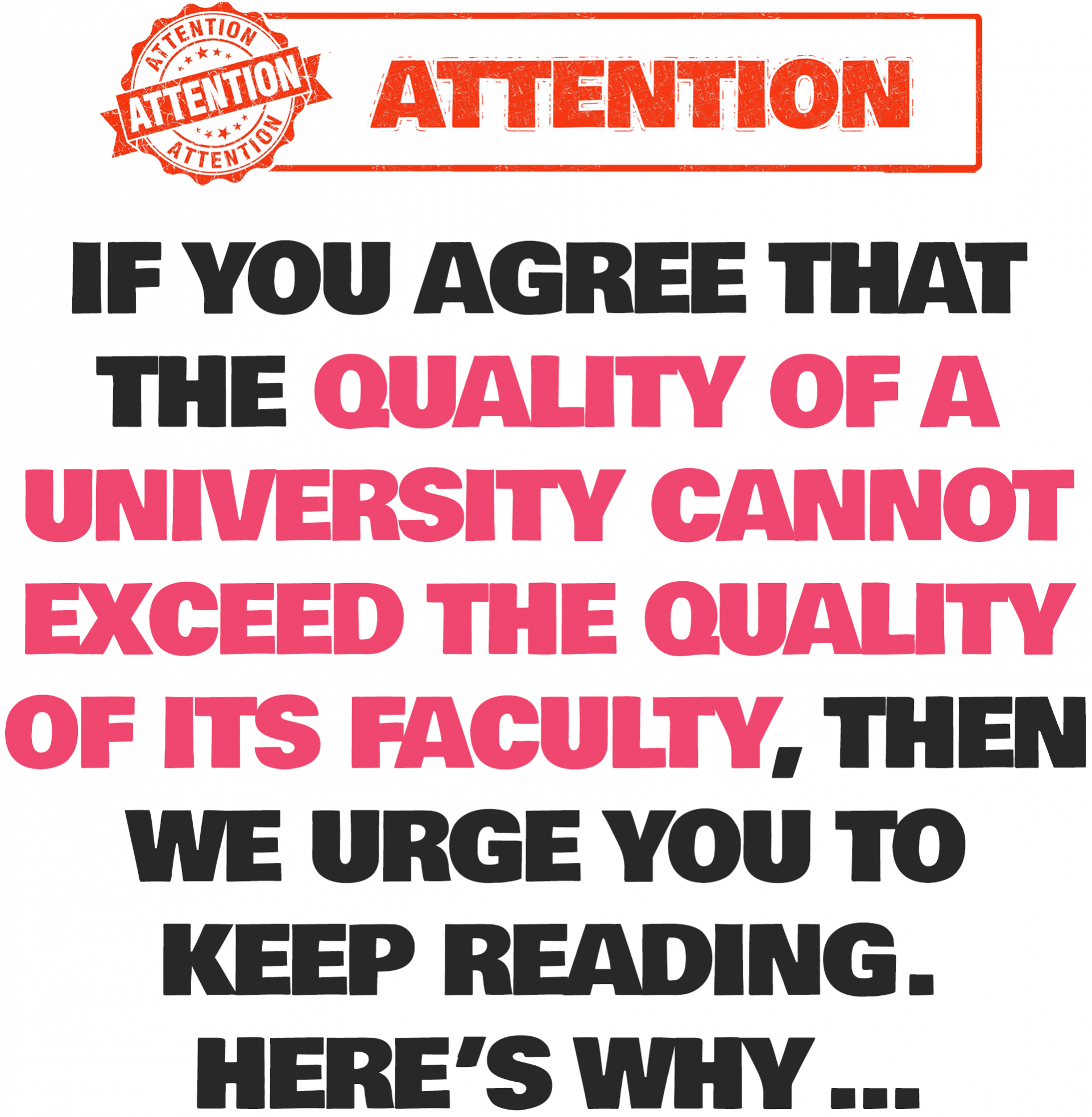

6619 North Scottsdale Road, Scottsdale, AZ
p. 702-970-6557 | e. info@lmeglobal.net
From:
The desk of Jared Cooney Horvath | PhD, MEd
East of Lake Arrowhead
Thursday, 8:27 am
Why the Science of Learning Is Too Often Ignored
There’s a vast body of research describing what works (and does not work) in learning - but it’s often not making its way into colleges and universities.
In 2019, five faculty members at Harvard University published an intriguing study. They ran an experiment in an introductory undergraduate physics course to figure out why active learning – a form of teaching that’s scientifically proven to be effective – often dies a slow death in the classroom.
The researchers compared the effects of a traditional lecture with the effects of active learning, in which students solved problems in small groups. Predictably, they found that when students were taught via active methods, they performed better on tests.
However, they also found something much more noteworthy: despite performing better through active learning methods, students believed they had actually learned more when they sat through a lecture.
And herein lies a central paradox
in higher education …
Scholarship on teaching and learning has grown exponentially over the past four decades, encompassing thousands of experiments, stacks of books and journal articles, and major initiatives to bring the science of learning into the classroom.
Nevertheless, many faculty members remain untouched by this work, either because they are skeptical of its value (i.e. it doesn’t feel right to them), they are unsure of how to apply it to their work, or they are simply unaware of it altogether.
To be sure, many instructors have participated in workshops run by their campus teaching centers. And the use of some evidence-based teaching practices – such as peer learning or the use of clickers to keep students engaged in the classroom – are far more prevalent today than they were a generation ago.
But faculty developers, education researchers, and learning scientists still say they feel like the majority of their work is simply not making it through to teachers and students …
And what does get through is often
garbled, or just one small piece
of a larger puzzle.
Case in point: A recent review of teacher training textbooks found that not only did they contain little-to-no discussion of the large body of learning research, but they frequently passed off ideas with limited research support as hard science.
Moreover, many prominent ‘learning myths’ still persist across all levels of education – despite the best efforts of experts to highlight the lack of support for such ideas in the literature. For instance, in a large 2019 survey of secondary and tertiary teachers:
- 77% of respondents endorsed the unfounded idea that people are either right-brained or left-brained, and that this difference impacts how people learn.
- 97% of respondents endorsed the myth of innate ‘learning styles’ – the idea that people can be categorized into one of several discrete learning styles such as auditory, visual, or kinesthetic.
- 69% of respondents incorrectly selected re-reading over retrieval (i.e. active recall) when asked directly about which would be more effective for learning.
It’s evident that the expanding body of knowledge about teaching and learning continues to be largely ignored, even while the dangers of doing so become ever more apparent.
Traditional teaching may have sufficed when college campuses were more ivory tower than lifeboat – educating future generations of scholars and other elites rather than trying to lift up a diverse group of students and prepare them for an increasingly complex world.
However, as universities enroll students from a wider range of backgrounds, many are witnessing firsthand the unintended consequences of outmoded practices such as high-stakes testing, rigid course structures, and lecture-based classes.
Such traditional approaches disproportionately set up students
from disadvantaged backgrounds
to flounder or fail.
On the other hand, active learning and other evidence-based practices – such as building more small assignments (i.e. scaffolding) into the syllabus – have been shown to close performance gaps and help all students succeed.
Beyond questions of equity, however, exist those of basic efficacy …
For instance, research has shown that in fields like STEM, traditional teaching can be ineffective at helping people understand complex concepts and develop problem-solving skills. As a result, struggling students often decide early on that science and engineering are not for them.
But while these findings are
disconcerting, professors and faculty
members themselves are not to blame …
Most work hard every day, often in complex and difficult situations, with a genuine desire to drive better student outcomes.
As such, it’s not a stretch to assume that your average professor likely feels intrigued – but overwhelmed – at the thought of testing new ideas or strategies in the classroom.
Clearly, our support systems for university personnel must change to provide them with more opportunity for teaching and learning growth, while also accounting for their demanding agendas.
In some ways, this is an incentive problem. Tenure and promotion policies rarely reward – or even recognize – the hidden work it takes to improve one’s teaching. Not to mention that, in academic culture, a stellar record of research is often held in higher regard than a reputation for excellent teaching.
But more practically speaking, this is a delivery problem. Despite a growing interest in teaching and learning research across all departments …
The ability for university personnel to access this research in a practical and efficient manner remains elusive.
Enter The Learning Blueprint …
Combining 40+ years of established learning research with 10+ years of classroom implementation, The Learning Blueprint is designed to bring key Science of Learning insights to colleges and universities.
The aim is to deliver the latest and most impactful applications from the Learning Sciences; help professors and faculty members build a deep understanding of the learning process; and introduce a collaborative, easy-to-implement classroom innovation tool called Micro Projects.
Initially developed in 2020 for Monash University (ranked #48 Best Global University by U.S. News) …
The Learning Blueprint is now available to any college or university that wants to bring The Science of
Learning to their community.
In terms of logistics, it's a fully-scaffolded program that can be done simultaneously by a live learning cohort, or individually via an on-demand model.
This means that if your school supports professional learning groups, The Learning Blueprint could be a great option. Alternatively, if you host an internal catalog of on-demand PL resources (as many schools now do), The Learning Blueprint can work for that as well.
That being said, I urge you to continue scrolling down to learn more …
And, if you like what you see, I'd love the opportunity to chat with you further about The Learning Blueprint (there's an option to schedule a meeting near the bottom of this page).
If you have any questions or comments, please feel free to email my team at info@lmeglobal.net.
Thanks for reading, and I sincerely hope I get a chance to speak with you.
Regards/Jared Cooney Horvath, PhD, MEd


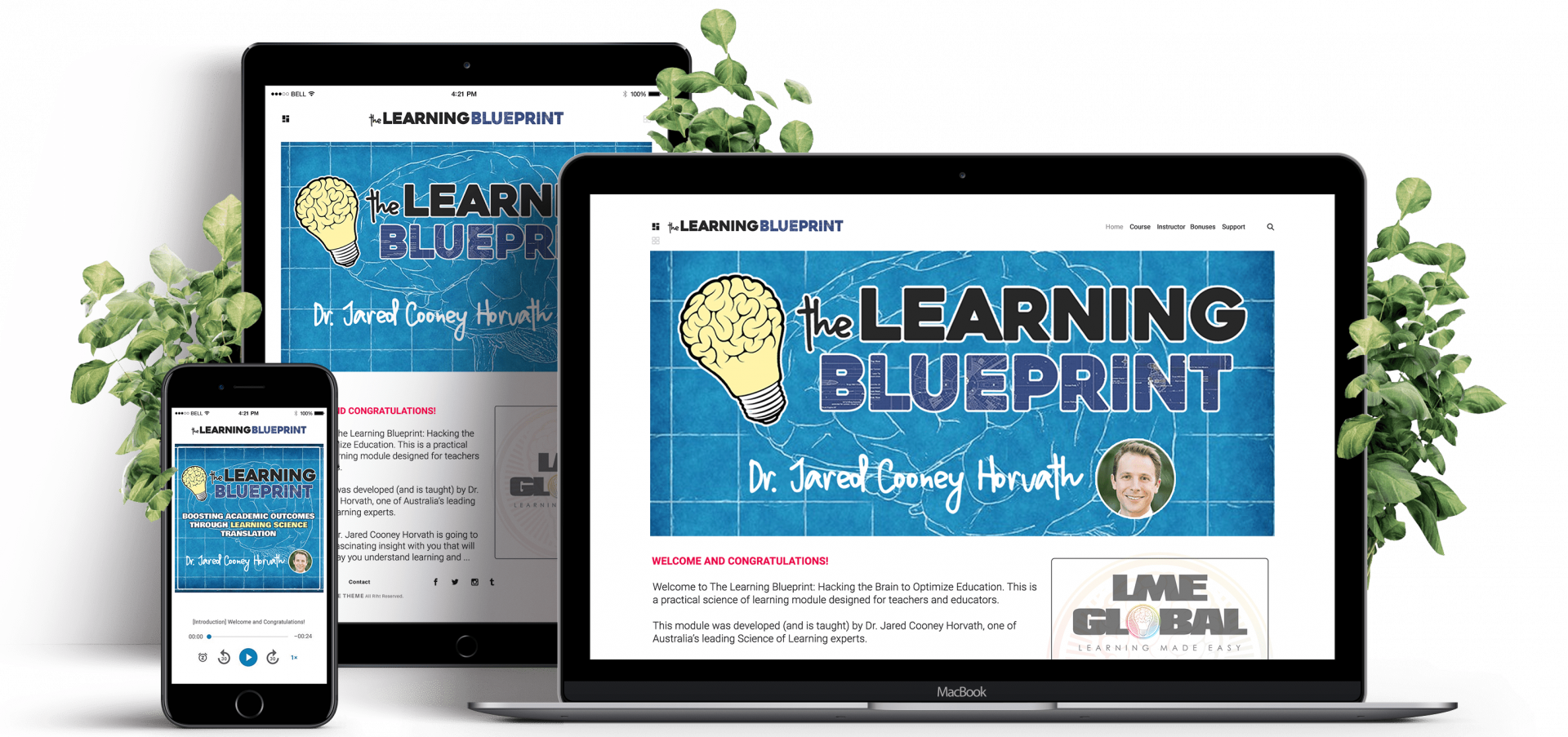

Combining 40+ years of established Science of Learning research with 10+ years of classroom implementation, TLB changes faculty practice and boosts student outcomes by leveraging what works in professional development.

The Learning Blueprint was developed by leading cognitive neuroscientist, best-selling author, and passionate teacher advocate Dr. Jared Cooney Horvath.
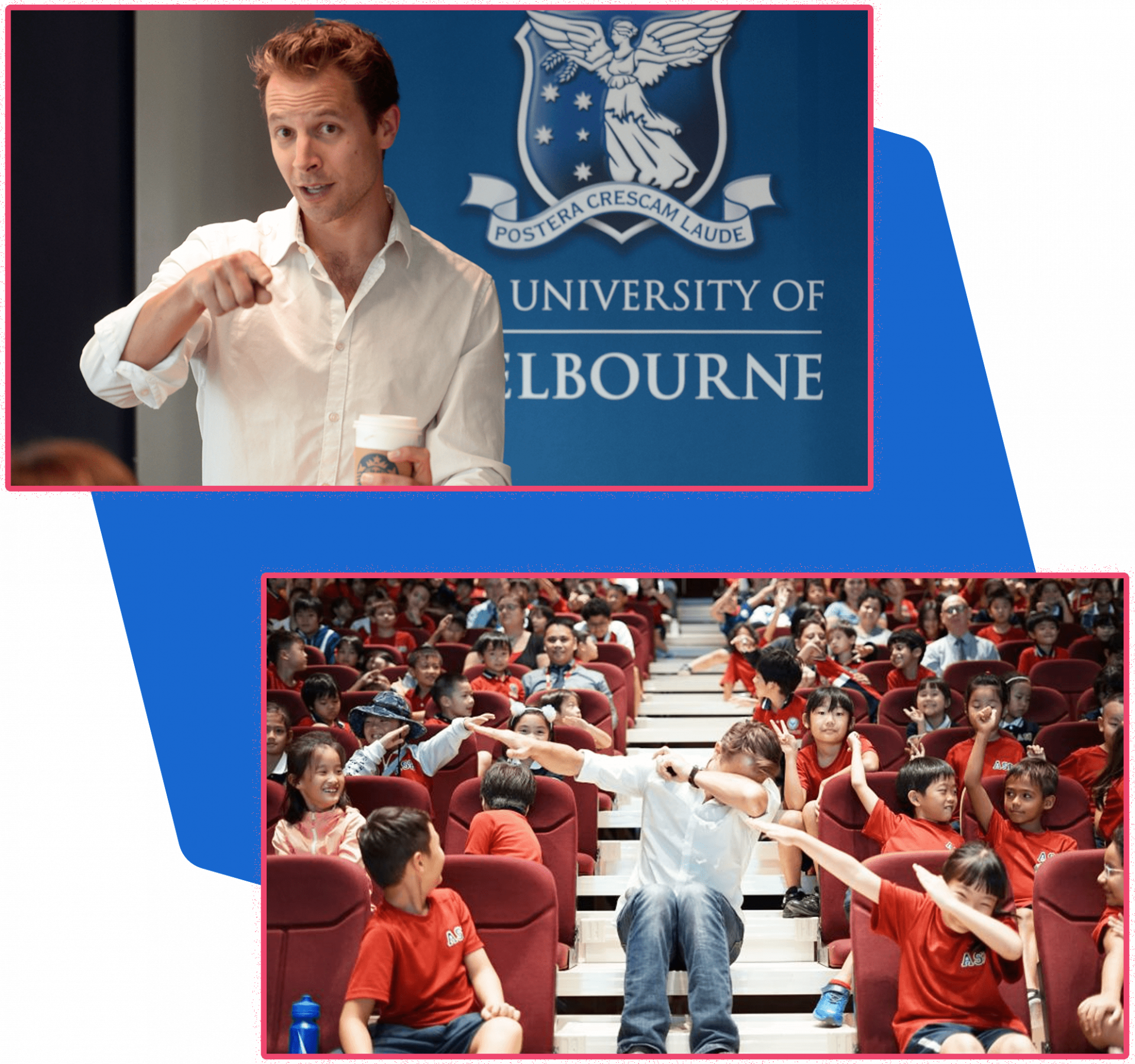

In this brief video, Jared explains why he was compelled to develop The Learning Blueprint, and discusses what it can deliver to your college or university.

400+
Schools

8K+
Teachers

50K+
Students

1B+
Brain Connections




Combining 40+ years of established Science of Learning research with 10+ years of classroom implementation, TLB changes faculty practice and boosts student outcomes by leveraging what works in professional development.


The Learning Blueprint was developed by leading cognitive neuroscientist, best-selling author, and passionate teacher advocate Dr. Jared Cooney Horvath.

In this brief video, Jared explains why he was compelled to develop The Learning Blueprint, and discusses what it can deliver to your college or university.
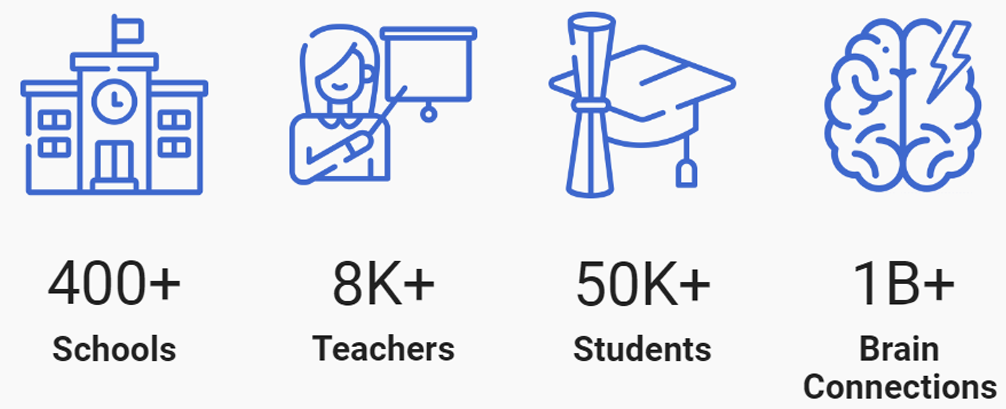

WHAT PEOPLE ARE SAYING ...
Fun, engaging and seriously based on evidence ... watch an expert at work and discover how much we can learn from brain science. Jared knows how to excite the brain, to feed it, to make it fun – and he does it all while stimulating emotions at every turn.
Dr. Horvath is a serious expert and a fantastically engaging presenter. For any educator interested in understanding how learning happens, The Learning Blueprint is an invaluable resource.
The Learning Blueprint literally changed my life – not exaggerating at all. It made me completely rethink my whole pedagogy. I really loved learning about the science ... it’s like a smorgasbord of geeky-teacher-coolness.
The Learning Blueprint is a game-changer for schools. Dr. Horvath makes the sciences so accessible for busy teachers! It really does serve as a great bridge between the lab and the classroom that we can all leverage to help students learn more effectively.
I just want to say that Dr. Horvath is one of my heroes! I hope one day to meet him in person and show him how much his program has helped me transform my teaching practice, and how much it has impacted my students’ learning.
This is NOT more of the same. It's an original, smart and disruptive invitation for teachers to think and act differently.
Click here to view more testimonials for The Learning Blueprint ...
WHAT PEOPLE ARE SAYING
Fun, engaging and seriously based on evidence ... watch an expert at work and discover how much we can learn from brain science. Jared knows how to excite the brain, to feed it, to make it fun – and he does it all while stimulating emotions at every turn.
I just want to say that Dr. Horvath is one of my heroes! I hope one day to meet him in person and show him how much his program has helped me transform my teaching practice, and how much it has impacted my students’ learning.
The Learning Blueprint literally changed my life – not exaggerating at all. It made me completely rethink my whole pedagogy. I really loved learning about the science ... it’s like a smorgasbord of geeky-teacher-coolness.
Dr. Horvath is a serious expert and a fantastically engaging presenter. For any educator interested in understanding how learning happens, The Learning Blueprint is an invaluable resource.
The Learning Blueprint is a game-changer for schools. Dr. Horvath makes the sciences so accessible for busy teachers! It really does serve as a great bridge between the lab and the classroom that we can all leverage to help students learn more effectively.
This is NOT more of the same. It's an original, smart and disruptive invitation for teachers to think and act differently.
Click here to view more testimonials for The Learning Blueprint ...
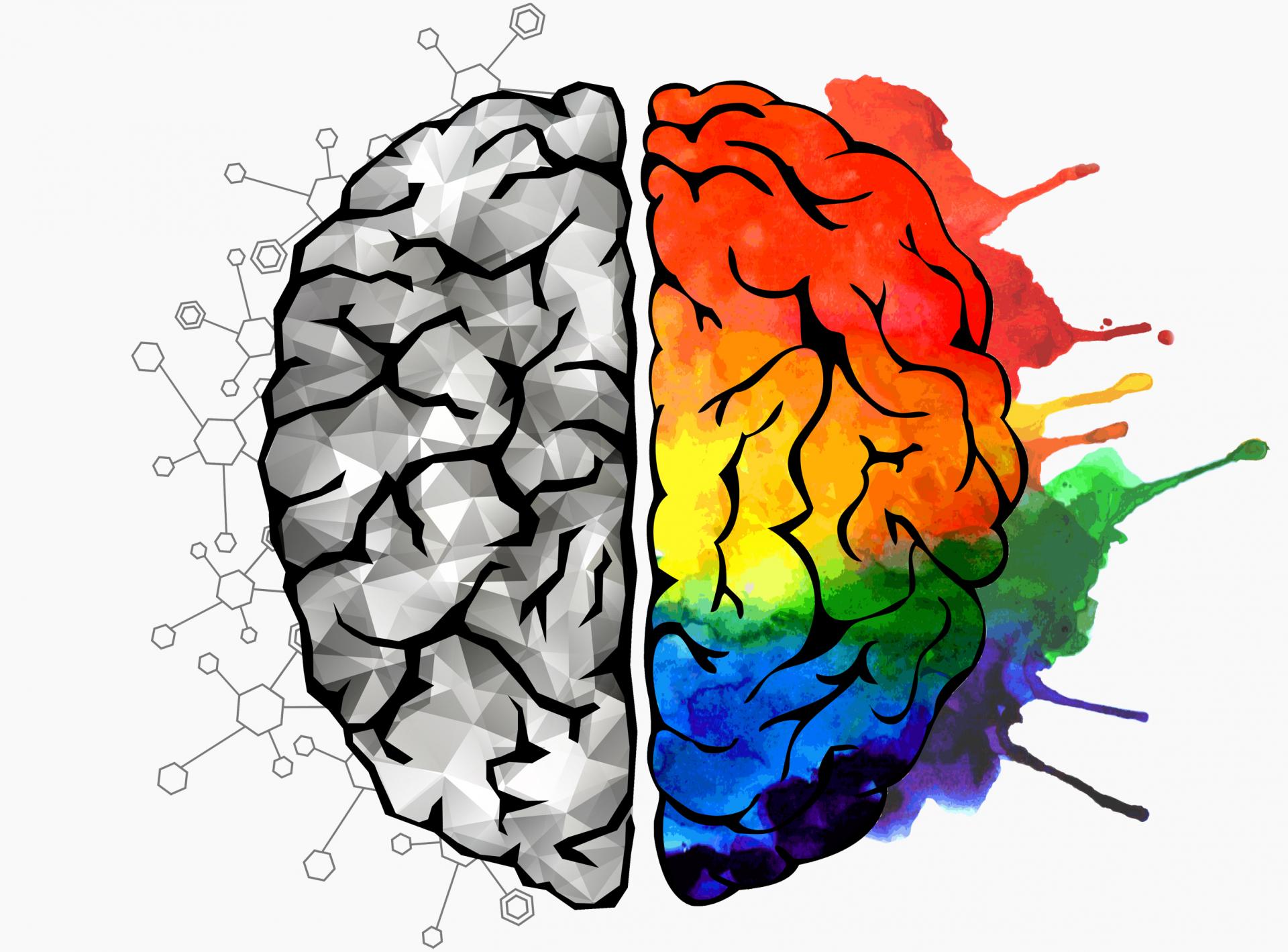

TLB delivers the latest and most impactful applications from the Learning Sciences, helps faculty develop a deep understanding of the learning process, and introduces an ongoing, easy-to-use classroom innovation tool called Micro-Projects.

The Learning Blueprint is fully scaffolded, and includes interactive lectures, guided reviews, reflection questions, recall exercises, recognition quizzes and application projects.
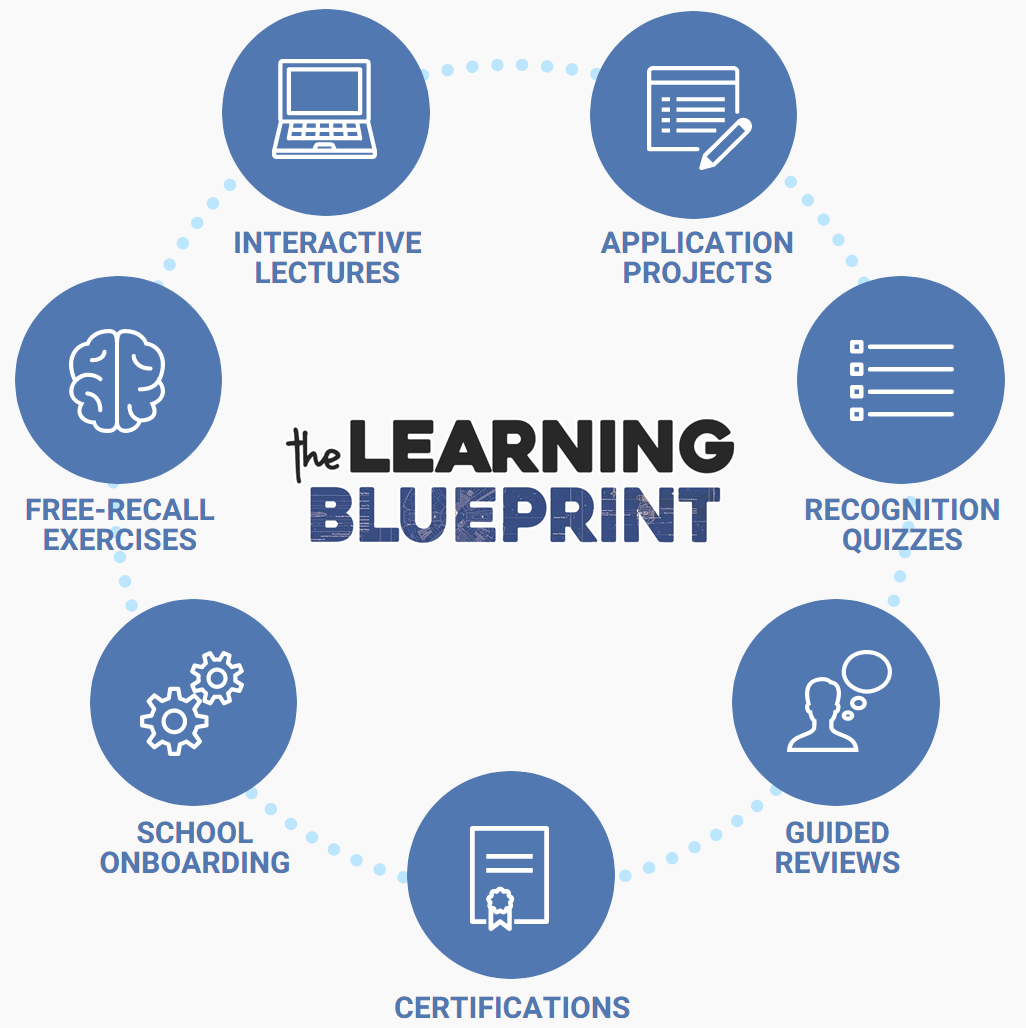
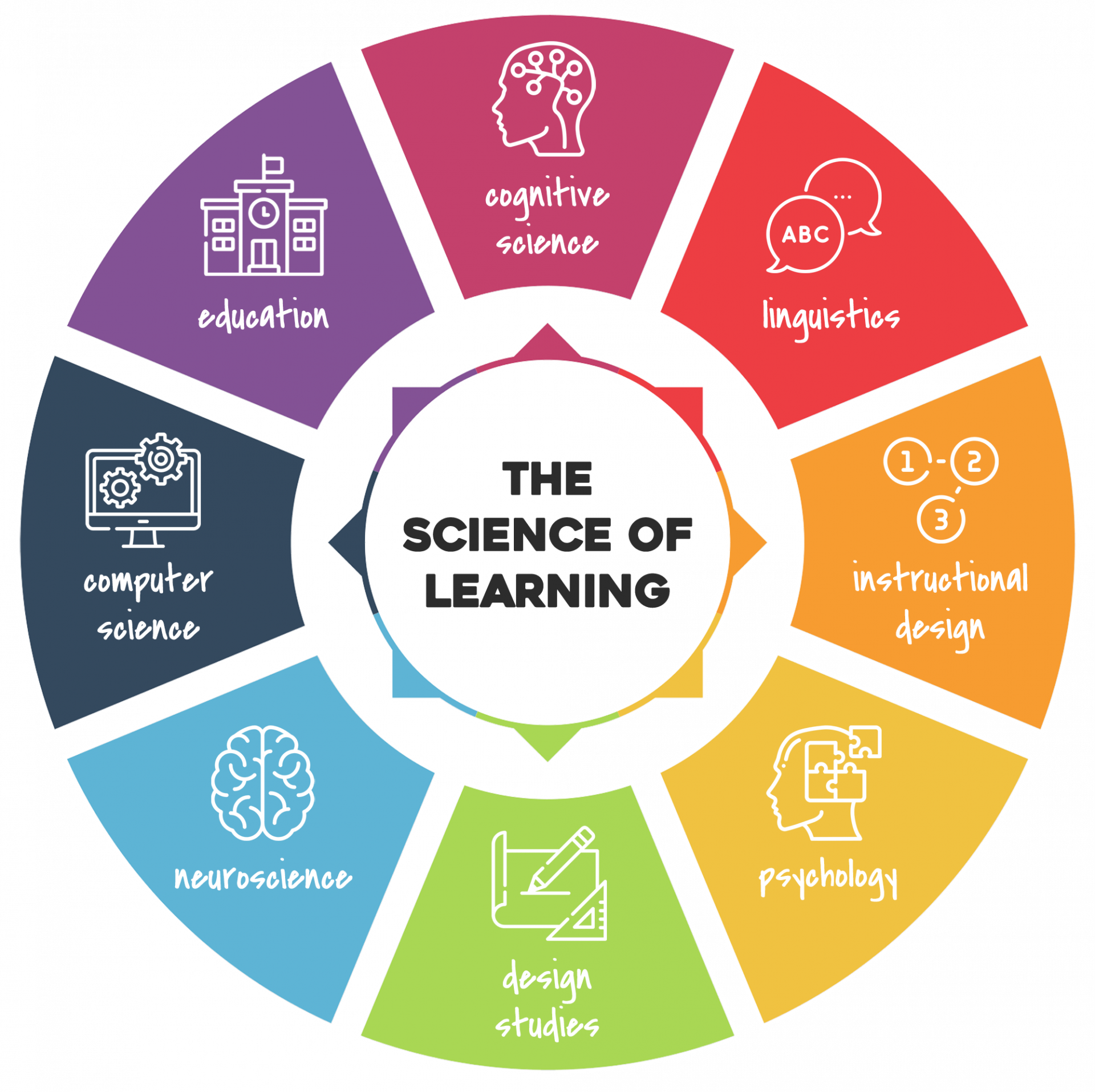

A recent OECD report finds that learning research does not consistently inform everyday practice. To no fault of faculty members, the Science of Learning is often not translated into practical, digestible strategies. The Learning Blueprint corrects this problem.


The Learning Blueprint delivers the latest and most impactful applications from the Learning Sciences, helps faculty develop a deep understanding of the learning process, and introduces an ongoing, easy-to-use classroom innovation tool called Micro-Projects.


The Learning Blueprint is fully scaffolded, and includes interactive lectures, guided reviews, reflection questions, recall exercises, recognition quizzes and application projects.


A recent OECD report finds that learning research does not consistently inform everyday practice. To no fault of faculty members, the Science of Learning is often not translated into practical, digestible strategies. The Learning Blueprint corrects this problem.
EVIDENCE OF EFFECTIVENESS
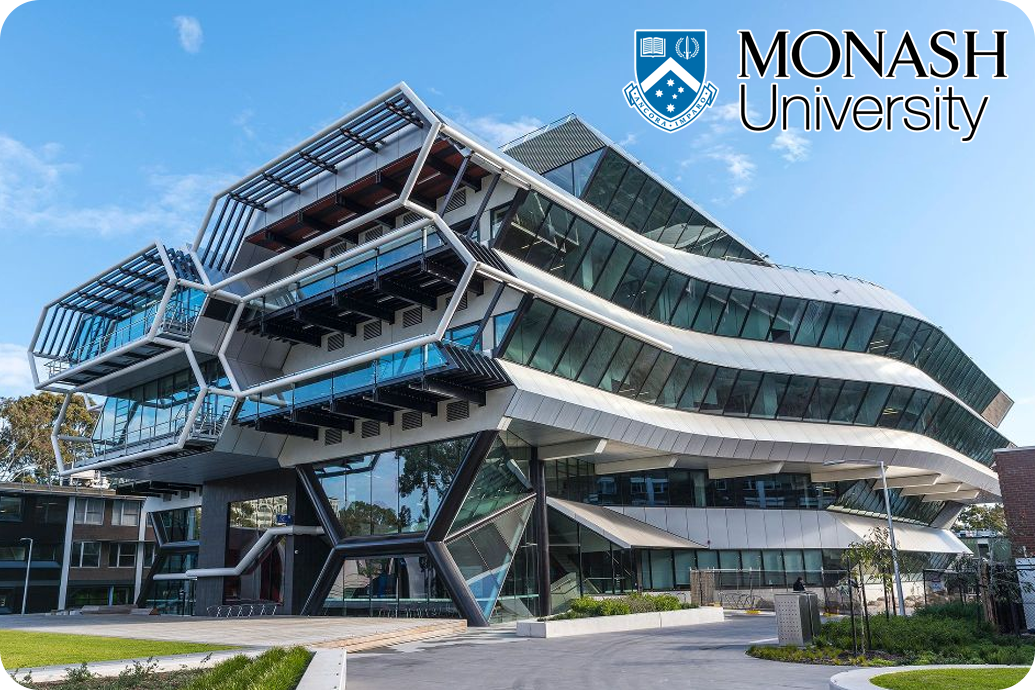
In 2020, we teamed up with Monash university (ranked #48 Best Global University by U.S. News) to produce a fully-digital version of The Learning Blueprint. The program is hosted on the internal Monash PD portal, and to-date has been completed by several hundred professors and faculty members across all departments.
The Learning Blueprint is by far the most interesting and practical PD I've ever gone through. I was engaged the whole way through, and am so excited that our entire community is now on the same page about learning.
The integration of learning theory, practice and evaluation was incredibly helpful. The fact that I was keen to complete The Learning Blueprint in such an intense year (during a 2020 national COVID shutdown) is a real testament to its engagement and value.
The Learning Blueprint has been a fantastic addition to our internal directory of faculty development resources. The applications Dr. Horvath covers are universally valuable to all staff members as we continue to cultivate teaching and learning excellence at Monash.
Click here to view more Monash faculty testimonials ...
EVIDENCE OF EFFECTIVENESS
In 2020, we teamed up with Monash university (ranked #48 Best Global University by U.S. News) to produce a fully-digital version of The Learning Blueprint. The program is hosted on the internal Monash PD portal, and to-date has been completed by several hundred professors and faculty members across all departments.
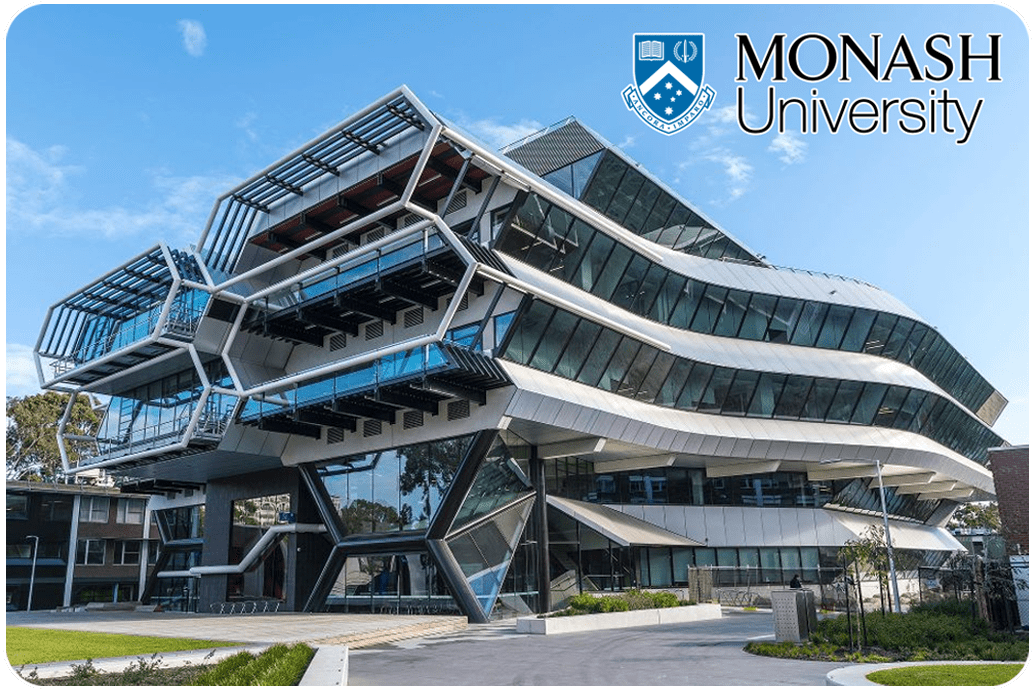
The Learning Blueprint is by far the most interesting and practical PD I've ever gone through. I was engaged the whole way through, and am so excited that our entire community is now on the same page about learning.
The integration of learning theory, practice and evaluation was incredibly helpful. The fact that I was keen to complete The Learning Blueprint in such an intense year (during a 2020 national COVID shutdown) is a real testament to its engagement and value.
The Learning Blueprint has been a fantastic addition to our internal directory of faculty development resources. The ideas and applications Dr. Horvath covers are universally valuable to all staff members as we continue to cultivate teaching and learning excellence here at Monash.
Click here to view more Monash faculty testimonials ...
SELECT TOPICS FROM MODULE ONE
SELECT TOPICS FROM MODULE ONE
-
THE SCIENCE OF LEARNING
What is the Science of Learning ... and why should we care about it as teachers?
-
EVOLUTION OF THE BRAIN
How has our understanding of how people think and learn evolved dramatically over time?
-
KEY LEARNING PRINCIPLES
What differentiates a genuine ‘learning principle’ from a simple tactic or faddish strategy?
-
MICRO-PROJECTS
How do they work, and how can they help us conduct effective 'classroom translation'?

-
MILTI-TASKING + LEARNING
How does 'multi-tasking' impact learning, memory, attention and impulse control?
-
EXPECTANCY PRIMING
What is 'expectancy priming', and how can it profoundly impact the way our students learn?
-
ERROR-BASED LEARNING
What is error-based learning, and why is it a hallmark of high-performing students?
-
STORIES + NARRATIVE
From a neuroscientific standpoint, why (and how) do stories work so well in the classroom?

-
THE SCIENCE OF LEARNING
What is the Science of Learning ... and why should we care about it as teachers?
-
EVOLUTION OF THE BRAIN
How has our understanding of how people think and learn evolved dramatically over time?
-
MULTI-TASKING + LEARNING
How does 'multi-tasking' impact learning, memory, attention and impulse control?
-
EXPECTANCY PRIMING
What is 'expectancy priming', and how can it profoundly impact the way students learn?

-
KEY LEARNING PRINCIPLES
What differentiates a genuine ‘learning principle’ from a simple tactic or faddish strategy?
-
MICRO-PROJECTS
How do they work, and how can they help us conduct effective 'classroom translation'?
-
ERROR-BASED LEARNING
What is error-based learning, and why is it a hallmark of high-performing students?
-
STORIES + NARRATIVE
From a neuroscientific standpoint, why and how do stories work so well in the classroom?

I WANT TO LEARN MORE!
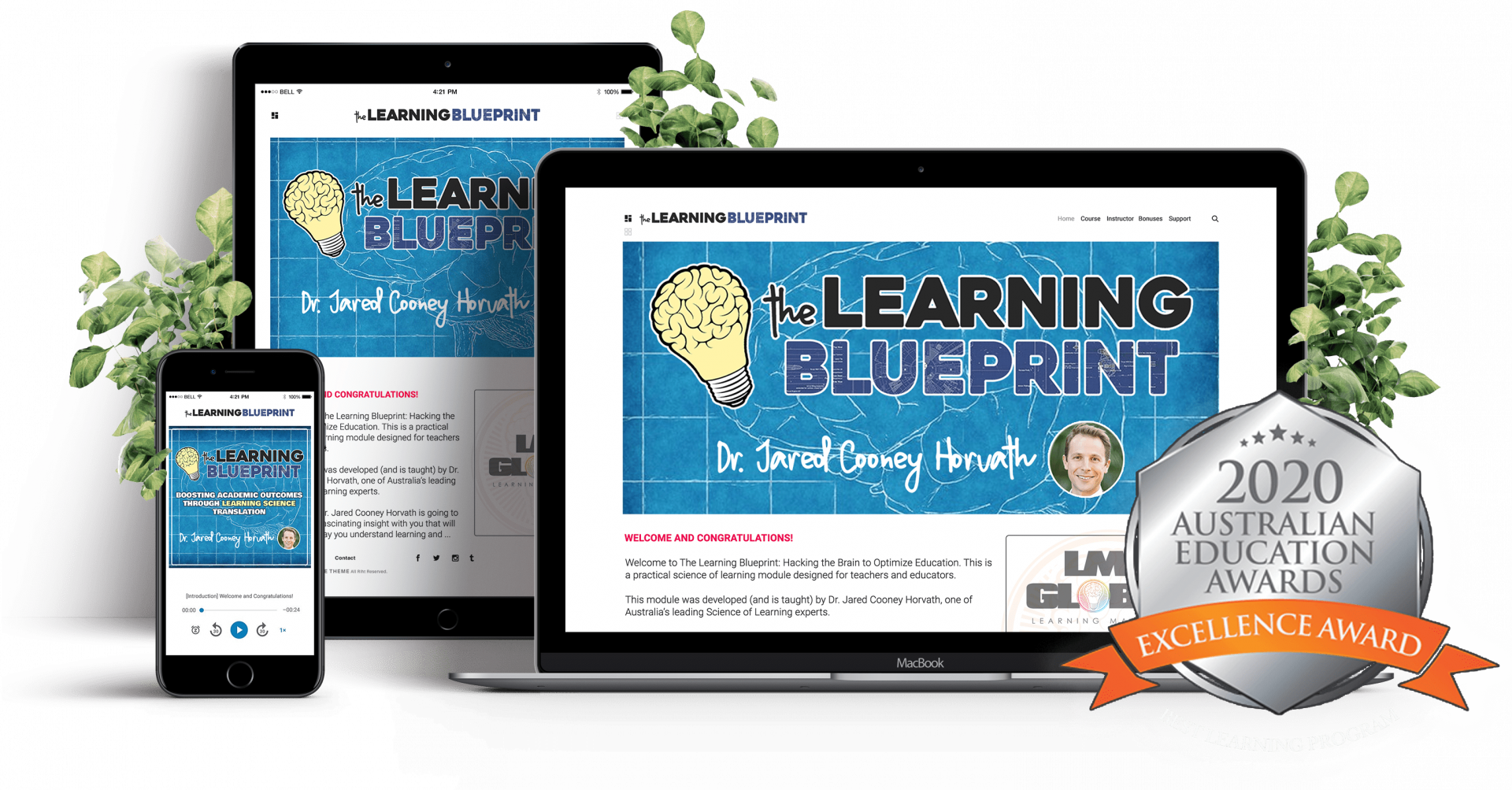

If you'd like to learn more about how The Learning Blueprint might
work for your college or university, please click the green button below to schedule a meeting with Jared.
Please CLICK HERE to request an outline for The Learning Blueprint PD program.
Please CLICK HERE to purchase an individual license for Module One.

I WANT TO LEARN MORE!


If you'd like to learn more about how The Learning Blueprint might work for your college or university, click the green button below to schedule a meeting with Jared.
CLICK HERE to request a program outline.
CLICK HERE to purchase an individual license.

SOME OF OUR FAVORITE PD REPORTS
PERSONAL REFERENCES
Alvaro Pascual-Leone
Dr. Alvaro Pascual-Leone | MD, PhD
Director | BA Center for Noninvasive Brain Stimulation
Harvard Medical School
1-617-667-0203
apleone@bidmc.harvard.ed
John Hattie
Dr. John Hattie | PhD
Director, Laureate Professor | Science of Learning Research Center
University of Melbourne
+61 (0)3 9035 5511
jha-e@unimelb.edu.au
Jennifer Thomson
Dr. Jennifer Thomson | PhD
Senior Lecturer | Department of Human Communication Sciences
University of Sheffield
114 222 2440
j.m.thomson@sheffield.ac.uk
Olivia Carter
Dr. Olivia Carter | PhD
Senior Lecturer, Research Fellow | School of Psychological Sciences
University of Melbourne
+61 (0)3 8344 6372
ocarter@unimelb.edu.au
SOME OF OUR FAVORITE PD REPORTS
CENTER FOR PUBLIC EDUCATION
TEACHING THE TEACHERS
Effective Professional Development in an Era of High Stakes Accountability
GALLUP
STATE OF AMERICA'S SCHOOLS
The State of America's Schools: The Path to Winning Again in Education
REIMAGINE TEACHING
TNTP - THE MIRAGE
Confronting the Hard Truth About Our Quest for Teacher Development
LME GLOBAL
A NEW BLUEPRINT
A New Blueprint for Success in Education: Reassessing the Value of Diversity
REFERENCES
Dr. Alvaro Pascual-Leone
Dr. Alvaro Pascual-Leone | MD, PhD
Director | BA Center for Noninvasive Brain Stimulation
Harvard Medical School
1-617-667-0203
apleone@bidmc.harvard.ed
John Hattie
Dr. John Hattie | PhD
Director, Laureate Professor | Science of Learning Research Center
University of Melbourne
+61 (0)3 9035 5511
jha-e@unimelb.edu.au
Jennifer Thomson
Dr. Jennifer Thomson | PhD
Senior Lecturer | Department of Human Communication Sciences
University of Sheffield
114 222 2440
j.m.thomson@sheffield.ac.uk
Olivia Carter
Dr. Olivia Carter | PhD
Senior Lecturer, Research Fellow | School of Psychological Sciences
University of Melbourne
+61 (0)3 8344 6372
ocarter@unimelb.edu.au
Copyright © 2022 LME Global
6119 N Scottsdale Rd, Scottsdale, AZ, 85250
(702) 970-6557
Connect With Us






